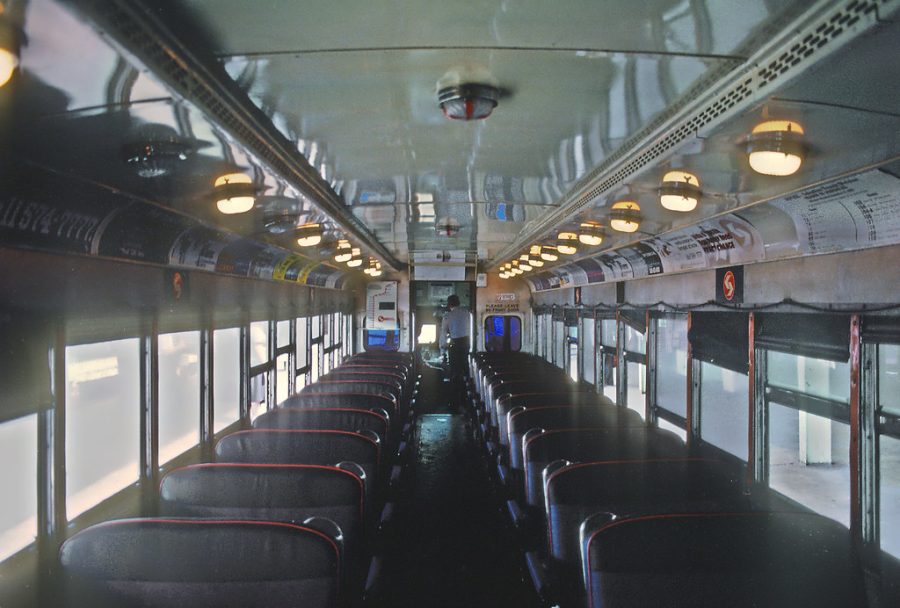Opinion: Building a sustainable transportation infrastructure will require a careful balancing act
Image by Roger Puta used from Flickr Creative Commons.
November 2, 2021
Before the pandemic, the sustainability approach was driven for more density and mass public transit, given how detrimental it is for long-term sustainability to be sprawled out and car dependent.
However, the U.N.’s recent damning and dire climate report and the coronavirus pandemic — where such density can increase the rate of transfer in a pandemic — has made it an extremely delicate balancing act.
There is now a concern for a super transit hub being a superspreader event, both during and after the pandemic. In a super hub, people from many different places are mixed together, which makes it extremely difficult to contain the virus.
However, the U.N.’s recent climate report makes mass public transit a top priority for long-term sustainability. So the real test is going to be the balancing act between having enough population density to foster mass public transit, while mitigating the risk of the spread of disease.
The past 18 months has shown vividly that density is not as much of an issue in a pandemic crisis as the government’s response to the pandemic. Some places that have low rates of COVID-19 are in extremely dense places such as Singapore, Hong Kong, and Taiwan, while some of the highest COVID-19 rates in the world are in many rural parts of the U.S. and Brazil.
The governmental response in the form of mask mandates, quarantines, contact tracing, vaccination mandates, shelter-in-place orders, and restrictions on large gatherings of people and indoor activities policies across all five of these examples played the most significant role in their COVID-19 rates.
The failure of the U.S. and Brazil to implement consistent and rigorous contract tracing and quarantining — due to the erratic response to it at the local, state and national level — led to the currently high COVID-19 rates in these two countries. The aggressive contact tracing, quarantining and unified response in Singapore, Hong Kong and Taiwan led to their low COVID-19 rates.
However, some of the measures Singapore, Hong Kong, and Taiwan took in response to COVID-19, such as extreme lockdowns and crackdowns, were extremely authoritarian in nature, resulting in human rights being lost in the process.
The only way forward is reaching critical vaccination thresholds of around 70% to allow for the opening up of the national economy to the globe and not just essential goods and services. Already, several countries are opening up to international travelers that are fully vaccinated, including the U.S. starting in early November.
On the transportation side during and after the pandemic, the path forward involves moving away from a single local super hub and more toward a multiple local hub system. This would eliminate a single local point of failure should a pandemic break out at one of the hubs.
For extremely long-distance travel by high-speed rail, bus, air and water, it would be easier to do contract tracing at a single hub, where the risk of spreading the virus is highest due to connecting the wider region and world at these points, and can easily be shut down should a pandemic break out.
Origin and destination traffic, which are already important, become even more so in building a sustainable mass transit system with multiple local hubs to contain a pandemic. It will give valuable data on where to implement contact tracing effectively.
For carbon-intense air and sea travel, a single port of entry is needed for easy contract tracing and to contain their environmental impact — when their best niches are extremely long distances between continents and remote islands, and are the most significant transportation disease vectors with their global reach.
Short boat and air travel needs to be rationed to island hops, or to remote and disconnected places — such as Utqia?vik, Alaska — where the only way in and out is by plane or boats.
We have to start finding and establishing this sustainable balancing act immediately because it will determine the fate of us and the planet. We have now run out of gradual change options.
